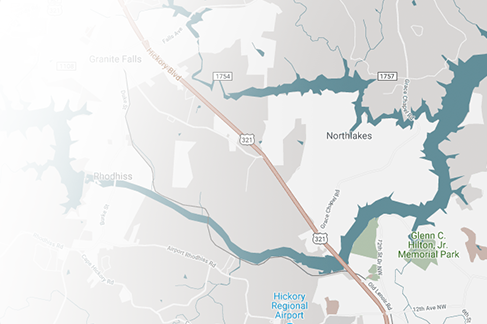Sprains, strains and contusions are common soft tissue injuries that almost everyone sustains from time to time. Here’s an overview of what exactly each of these soft tissue traumas is, along with how to prevent and treat them.
What Are Common Causes of Soft Tissue Trauma?
Soft tissue trauma may be caused by sudden trauma or overuse. Sudden trauma includes blows and abnormal twists due to falls, bumps, irregular motion or any number of other mishaps that can occur. Overuse injuries stem from using a particular ligament or tendon more than it’s meant to be. An ankle sprain from misstepping is an example of a sudden trauma injury, while tendonitis in the elbow would be caused by overuse.
What Are Sprains?
A sprain is the overstretching or tearing of a ligament, which is a connective tissue that links bones together. The most common places for sprains to occur are in the ankles, knees and wrists, but it’s not impossible to sprain your shoulder or another joint.
All sprains can be graded according to their severity:
- Grade 1 sprains are mild
- Grade 2 sprains are moderate
- Grade 3 sprains are severe
Grades 1 and 2 sprains can usually be treated at home with basic protocols. Severe grade 3 sprains often require the expertise of an orthopedic doctor.
What Are Strains?
A strain is the overstretching or tearing of a tendon, which is a connective tissue that links muscles to bones. The most common places for strains are in the back and leg (e.g. the hamstring), but other tendons can be strained as well.
The most common symptoms of tendon strains are pain, swelling, inflammation, cramping, muscle spasms and muscle weakness. While sprains also can result in pain, swelling and inflammation, the muscle-specific symptoms are usually more indicative of a strain than a sprain.
What Are Contusions?
Contusions are injuries to soft tissue that can affect muscles, ligaments and/or tendons. They’re colloquially referred to as bruises.
A contusion develops when something blunt impacts the body with force, thereby crushing the underlying soft tissue without breaking the skin. The discoloration that develops is a result of blood pooling around the soft tissue injury. Contusions may develop anywhere on the body.
How Can Athletes Prevent Soft Tissue Trauma?
While everyone will sustain minor sprains, strains and contusions at times, there are steps that athletes can take to mitigate the risk of soft tissue trauma while playing sports. Whether participating in a low-impact activity or a high-impact one, the following tips can help:
- Always use proper equipment, including protective padding, athletic shoes and loose-fitting clothes
- Practice a balanced fitness routine, including cardiovascular exercise, strength training and flexibility stretching
- Warm up by running in place, which will elevate your heart rate and blood flow
- Cool down extensively, taking twice as long to cool down as you do to warm up
- Remain hydrated by drinking plenty of water before, during and after activity
How Can You Treat Minor and Moderate Soft Tissue Trauma?
Minor and moderate soft tissue trauma can normally be treated at home with a basic protocol known as “RICE.” Rice stands for:
- Rest: Rest the injured area.
- Ice: Apply ice to the injured area.
- Compression: Apply compression to the injured area.
- Elevation: Elevate the injured area.
Resting allows the body to heal, while ice, compression and elevation help reduce swelling and inflammation. Compression also helps stabilize the area until it’s healed. When applying ice, ice should be put on the area for about 20 minutes at a time and indirectly. Wrapping an ice pack in a thin towel is an indirect application, for example.
How is Severe Soft Tissue Trauma Treated?
More severe soft tissue trauma usually requires the expertise of an orthopedic doctor, who can correctly diagnose an injury and then recommend an appropriate course of treatment.
At Prime Surgical Suites<, we provide state-of-the-art, cost-effective musculoskeletal surgical care in a convenient and comfortable outpatient setting for patients of all ages. Located in RiverCrest Medical Park, we are the region's first outpatient center focused exclusively on orthopedics. Our physician-led center will help restore your active lifestyle and well-being with compassion and orthopedic excellence.
.png?width=200&height=63&name=Prime%20Surgical%20Suites%20Logo-FINAL%20(REV_2_19).png)






